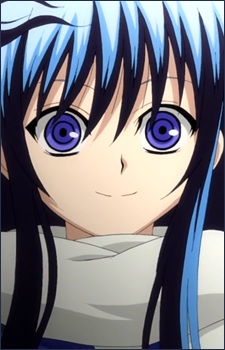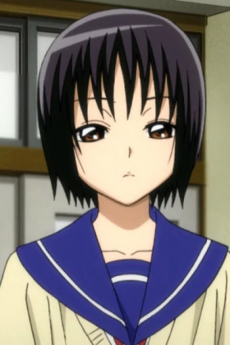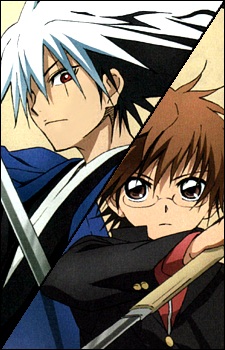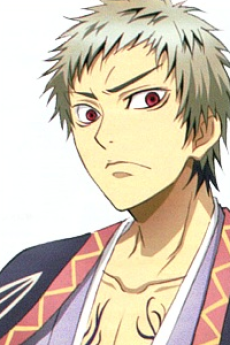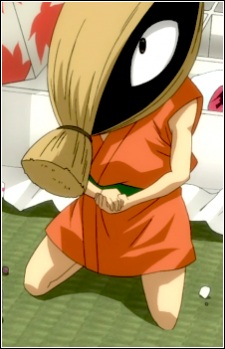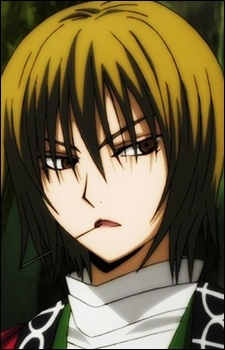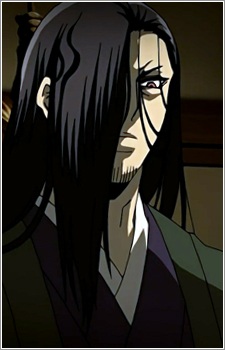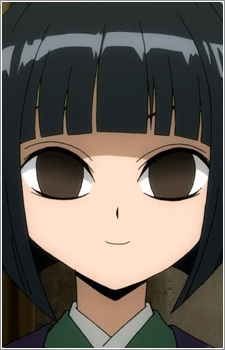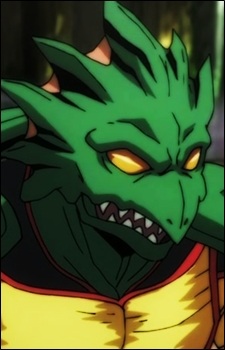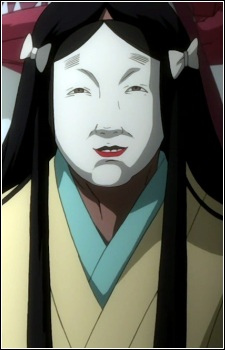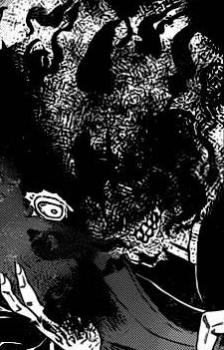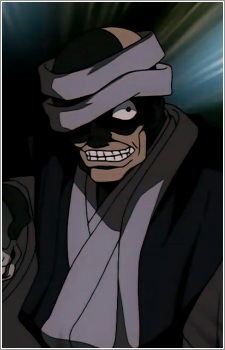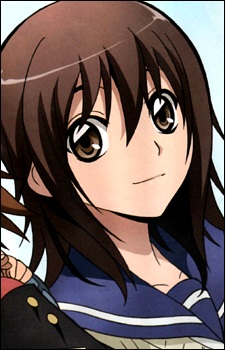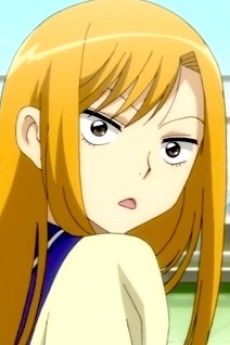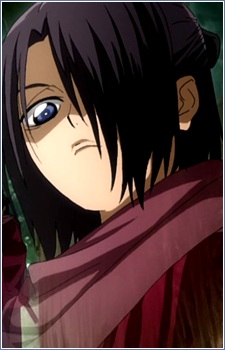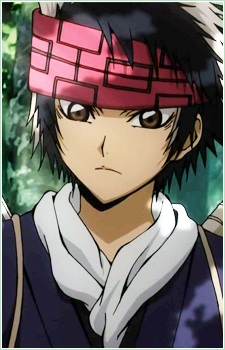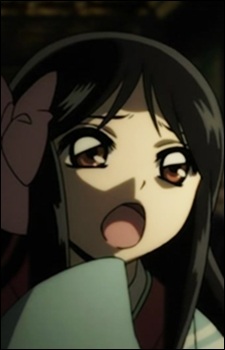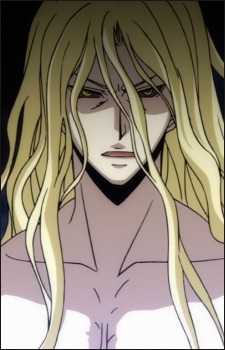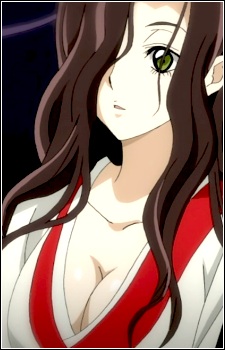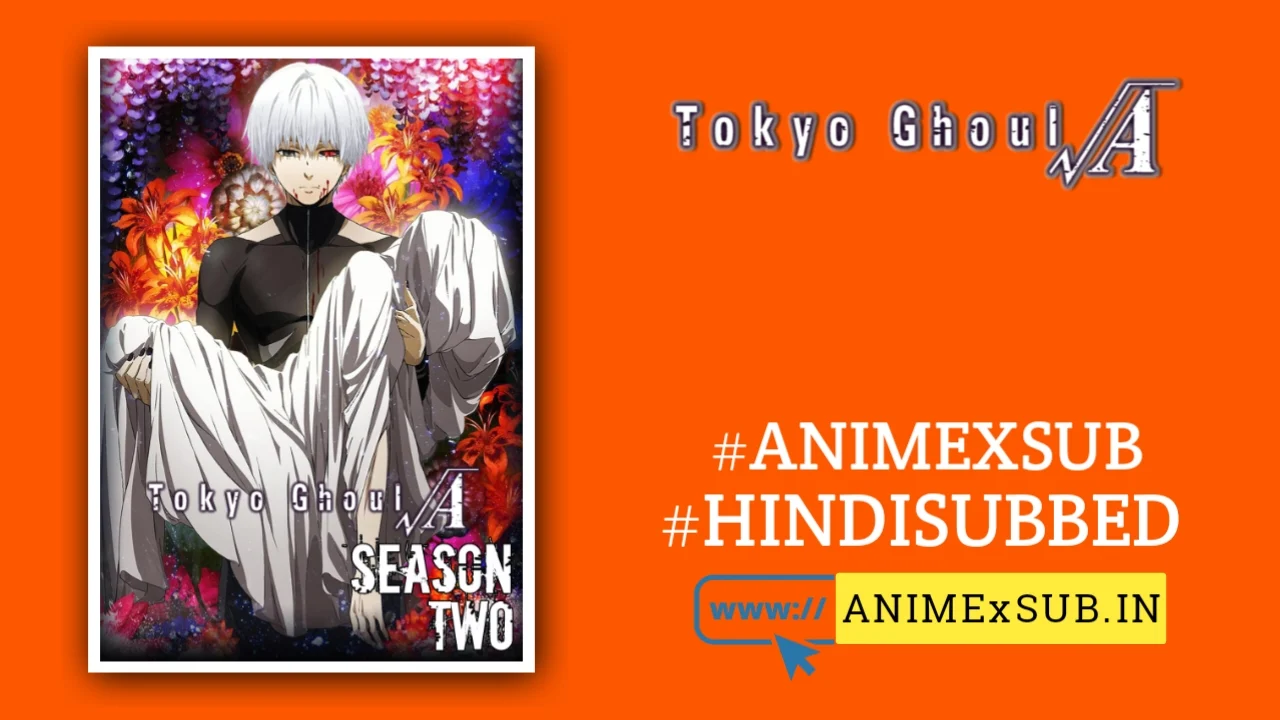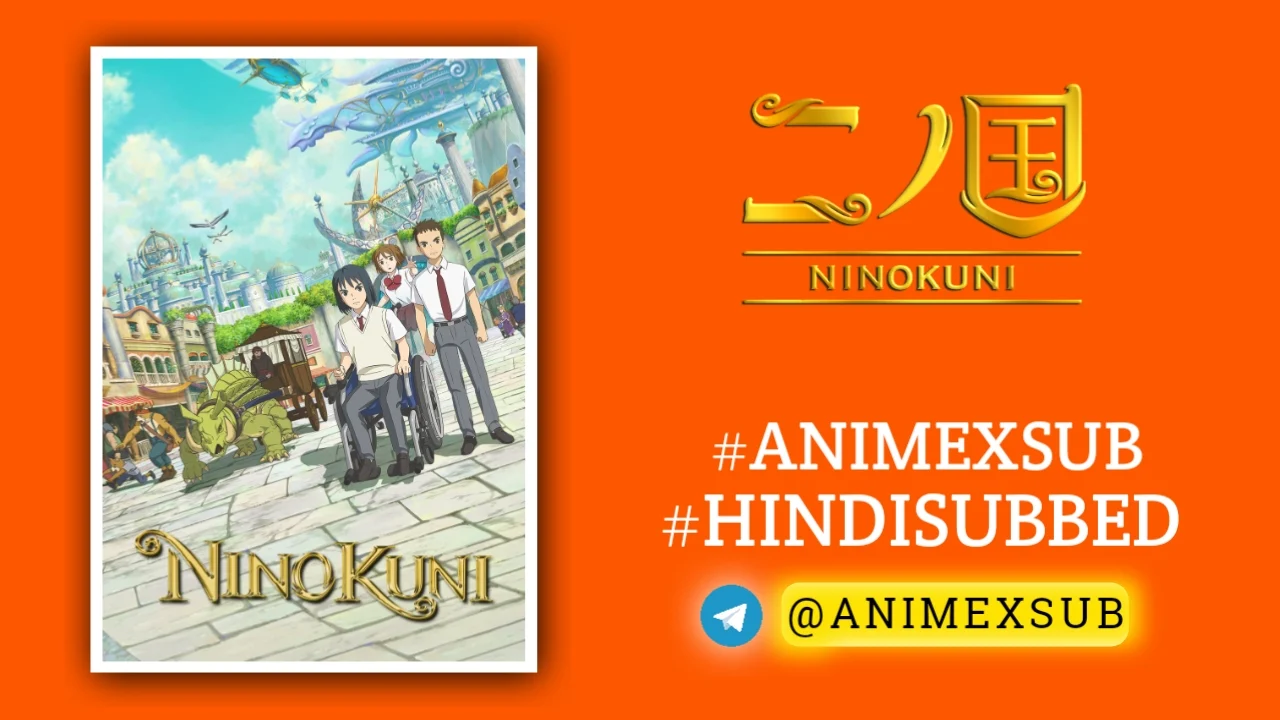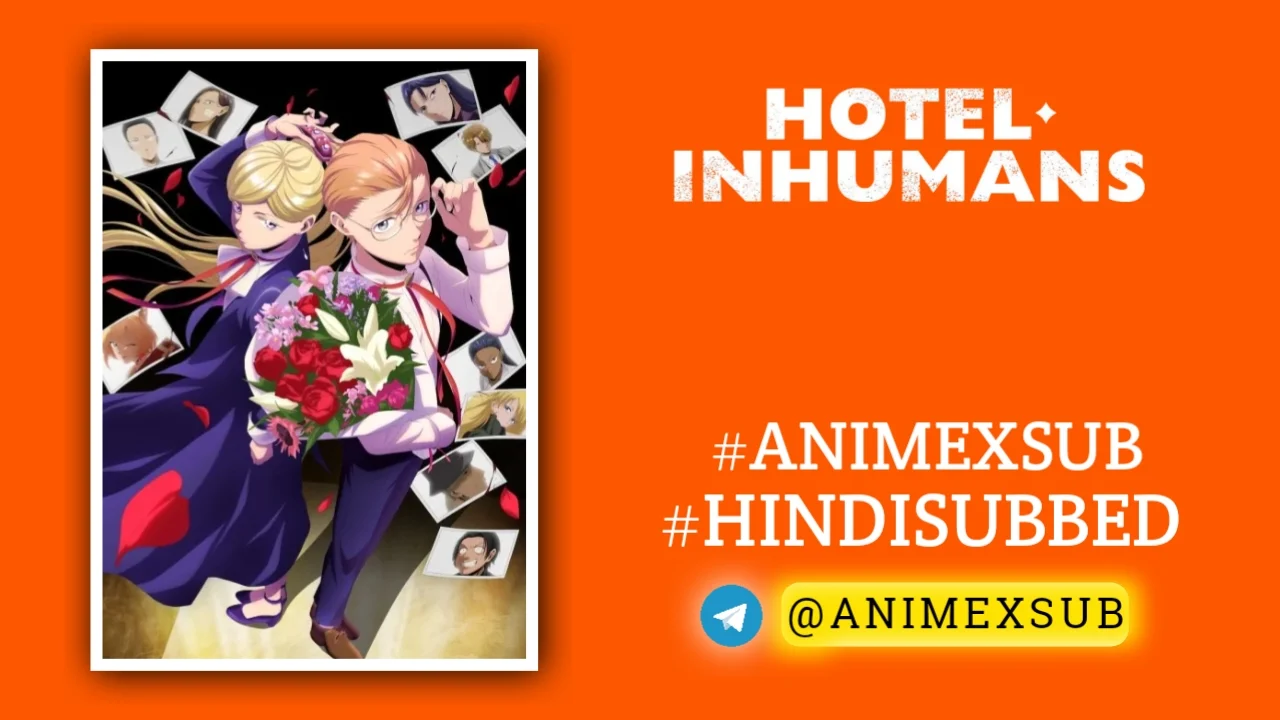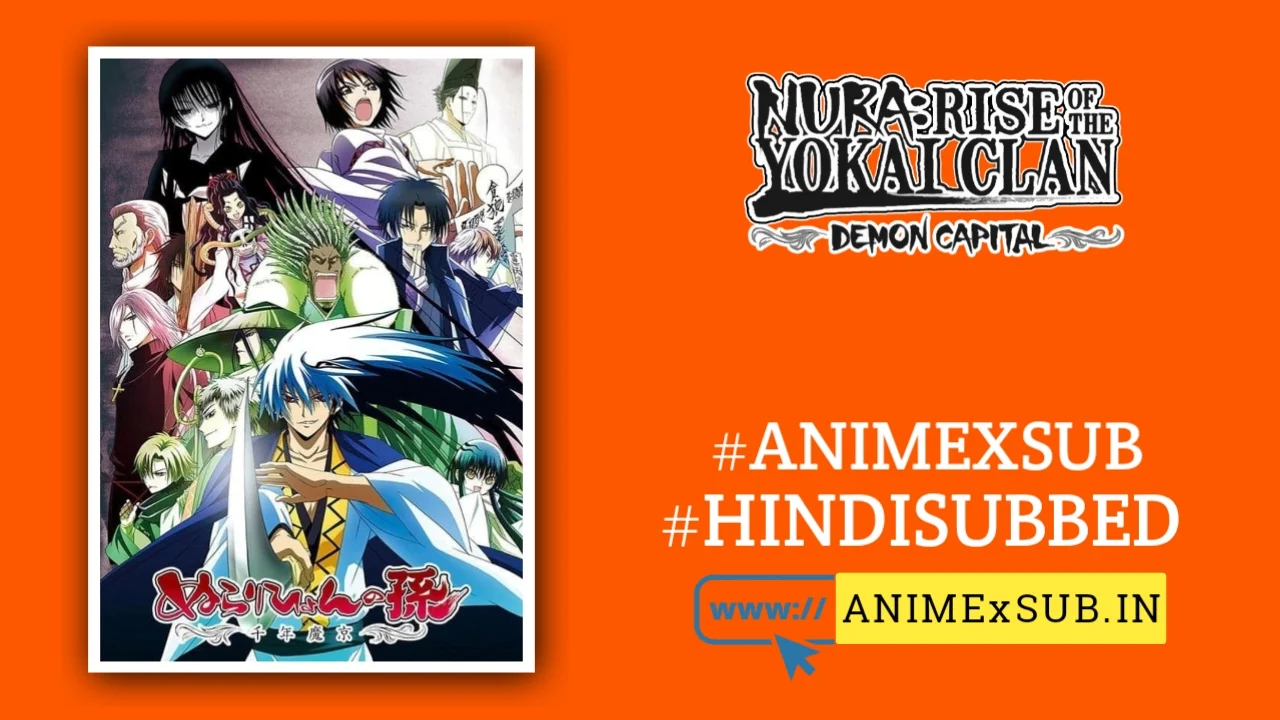
Nura: Rise of the Yokai Clan Season 2 – Demon Capital Hindi Subbed [24/24] + [1/1] OVA | Nurarihyon no Mago: Sennen Makyou Hindi Sub
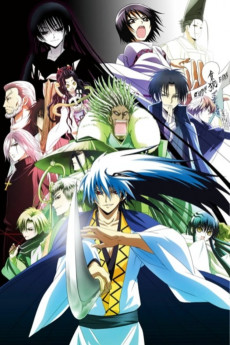
Nurarihyon no Mago: Sennen Makyou
Nura: Rise of the Yokai Clan - Demon CapitalSynopsis
At first glance, Nura Rikuo seems like nothing more than a normal middle-schooler. In actual fact, he is grandson of Nurarihyon, master of a youkai clan. Having only recently resolved the hostilities between the Nura Clan and the Shikoku Yokai, Rikuo finds no rest as an ancient enemy of the Nura Clan, Haguromo-Gitsune, resurfaces. After 400 years of inactivity, Haguromo-Gitsune suddenly sweeps through Kyoto with overwhelming power.
Characters
Nura: Rise of the Yokai Clan – Demon Capital: A Deep Dive into a Supernatural Shonen Epic
Nura: Rise of the Yokai Clan – Demon Capital (Nurarihyon no Mago: Sennen Makyō), the second season of the anime adaptation of Hiroshi Shiibashi’s manga, elevates the series to new heights with its rich exploration of Japanese folklore, complex character development, and intense supernatural battles. Airing from July to December 2011, this 24-episode season, produced by Studio Deen, shifts the narrative to Kyoto, where Rikuo Nura, the young heir to the Nura Clan, faces his most formidable challenge yet: the resurgence of the ancient fox-demon Hagoromo Gitsune. This article delves into the season’s unique strengths, narrative depth, and cultural significance, offering a fresh perspective on its place in the shonen and yokai genres, while addressing its flaws with a critical eye.
A Bold Narrative Leap
Demon Capital picks up after the first season’s slower-paced introduction to Rikuo Nura, a three-quarters human, one-quarter yokai teenager grappling with his dual identity. The season dives into the historical feud between the Nura Clan and Hagoromo Gitsune, a malevolent fox-demon whose 400-year vendetta against Rikuo’s family drives the central conflict. Unlike the first season’s episodic arcs, Demon Capital embraces a serialized narrative, focusing on the Nura Clan’s mission to stop Gitsune’s plan to resurrect Nue, a catastrophic entity threatening both human and yokai worlds. This shift creates a tighter, more cohesive story that balances high-stakes action with emotional resonance.
The season’s narrative excels in its exploration of legacy and responsibility. Rikuo’s journey from a reluctant heir to a confident leader is compelling, as he navigates the expectations of his clan while maintaining his human values. Flashbacks to the Edo period, detailing Nurarihyon’s romance with Yohime and their battle against Gitsune, add depth to the clan’s history, grounding the present conflict in centuries-old stakes. These historical interludes, particularly episodes focusing on Nurarihyon’s past, enrich the story by showing how past choices ripple into the present, a storytelling technique that feels fresh in the shonen genre.
Yokai Mythology: A Cultural Treasure
One of Demon Capital’s standout features is its deep integration of Japanese yokai folklore, which serves as both a narrative driver and a cultural showcase. The season introduces a diverse cast of yokai, from the serpentine Nure-onna to the monstrous Tsuchi-Gumo, each drawn from traditional Japanese mythology. These creatures are not mere antagonists; they embody the chaotic, multifaceted nature of yokai, blending menace with personality. The show’s depiction of the Hyakki Yakō (Night Parade of One Hundred Demons) is a visual and thematic triumph, capturing the eerie, otherworldly allure of yokai gatherings. Unlike many anime that use mythology as set dressing, Demon Capital weaves these elements into its world-building, offering viewers a window into Japan’s supernatural heritage.
The Kyoto setting enhances this cultural tapestry. The city’s ancient temples and shadowy alleys become a battleground where tradition clashes with ambition, reflecting the tension between Rikuo’s human and yokai identities. The inclusion of onmyouji (spiritual exorcists) like Yura Keikain adds another layer, highlighting the historical conflict between humans and yokai. This interplay of folklore, history, and modern narrative makes Demon Capital a unique study in cultural storytelling, distinct from more Westernized shonen tropes.
Rikuo’s Evolution and the Matoi Technique
Rikuo’s character arc is the heart of Demon Capital. Initially resistant to his yokai heritage, he embraces his role as the Third Heir, driven by the need to protect his clan and friends. His transformation is most evident in the introduction of the Matoi technique, a spiritual bonding ritual where Rikuo fuses with his clan members to amplify his power. This ability is not just a power-up; it symbolizes trust and unity, as each fusion requires mutual respect between Rikuo and his allies. The Matoi sequences are visually stunning, with Studio Deen’s animation highlighting the fluidity of yokai transformations and the intensity of battles. Rikuo’s growth from a timid boy to a commanding leader is gradual and earned, making his journey relatable and inspiring.
However, the large ensemble cast, while a strength in showcasing diverse yokai, sometimes dilutes focus. Characters like the Tono Village yokai and certain Nura Clan members receive limited screen time, leaving their motivations underexplored. This is a minor flaw, as the core cast—Rikuo, Tsurara, Yura, and Nurarihyon—remains well-developed, but it occasionally disrupts the narrative’s flow.
Visuals and Sound: A Sensory Feast
Studio Deen’s animation in Demon Capital is a step up from the first season, with vibrant character designs and dynamic fight choreography. The battles, particularly against Tsuchi-Gumo and Gitsune’s henchmen, are bloody and visceral, appealing to mature audiences while retaining shonen energy. The color palette contrasts Kyoto’s serene landscapes with the chaotic energy of yokai battles, creating a striking visual dichotomy. The soundtrack, featuring opening themes “Hoshi no Arika” and “The LOVE SONG” by LM.C, and ending themes “Orange Smile” and “Departure” by Katate Size, complements the tone, blending rock and pop to capture the series’ youthful yet dark spirit. The voice acting, especially Jun Fukuyama’s dual performance as human and yokai Rikuo, adds emotional depth, with the English dub by Darrel Guilbeau holding its own.
Critical Flaws: Pacing and an Unresolved Ending
Despite its strengths, Demon Capital is not without issues. The pacing falters in the middle, with recap episodes and abrupt scene transitions disrupting the momentum. For example, a fight sequence in episode 17 jumps between characters without resolution, leaving viewers frustrated. Additionally, the season’s ending is a significant point of contention. After building toward a climactic showdown with Hagoromo Gitsune, the anime concludes abruptly, omitting the final battle and leaving viewers to turn to the manga for closure. This lack of resolution feels like a betrayal of the season’s momentum, undermining its otherwise strong narrative arc.
A Shonen Gem with Lasting Impact
Nura: Rise of the Yokai Clan – Demon Capital is a standout in the shonen genre for its blend of folklore, character growth, and high-octane action. It surpasses its first season by tightening the narrative, deepening Rikuo’s arc, and immersing viewers in yokai mythology. While pacing issues and an incomplete ending prevent it from being flawless, its cultural richness and emotional depth make it a compelling watch. For fans of supernatural anime like Inuyasha or Jujutsu Kaisen, Demon Capital offers a unique take on the balance between human and demonic worlds, leaving a lasting impression despite its unresolved conclusion.
Where to Watch: Available on Hulu, Netflix (select episodes), and HiAnime for streaming, with DVD/Blu-ray releases by Viz Media.
Recommendation: Ideal for viewers who enjoy mythology-driven stories and character-focused shonen. Watch the first season first for context, and consider the manga for the full story.
Support Our Anime Community!
Love watching the latest anime? Help us keep uploading new episodes by join telegram channel ❤️
Join Now!